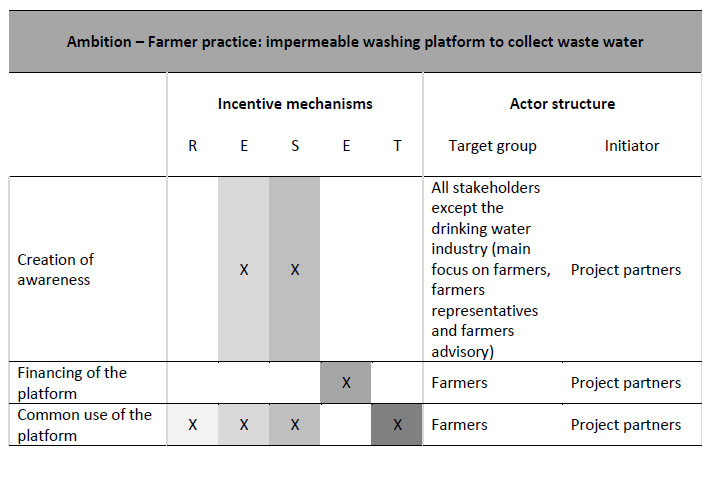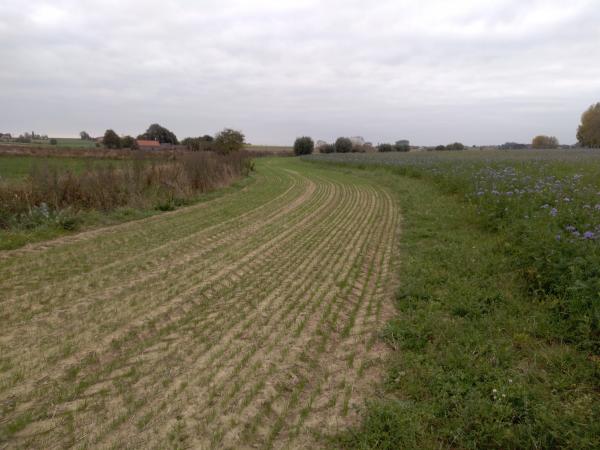WaterProtect has published a report with fact sheets giving a complete overview of the different incentive structures to protect the threatened water sources for each of the 7 action labs. The report delivered by ILVO (deliverable 2.3), work package leader for water governance, shows that many action labs focused their the bulk of their attention on awareness raising.
Awareness raising is considered as a necessary condition for people to take action. However, some action labs could also spend efforts on the creation of real incentives for stakeholders to change their behaviour, such as setting up financial compensations or developing tools that make the implementation of good practices more straightforward.
Transition pathways
The report starts with an overview of different behaviour theories that could explain why farmers and other stakeholders currently do not take action to improve the water quality. Among these theories is the RESET mindset model, which categorizes all possible incentives to influence stakeholders into five different types, i.e. regulation (R), education (E), social pressure (S), economic incentives (E) and tools (T). In this report the RESET model was used to give for each action lab an overview of the incentives set up by project partners to motivate stakeholders to take action. Examples of incentives are information campaigns, providing collection boxes for the remnant water after cleaning of the plant protection spraying equipment, workshops on creating grass buffer strips, creation of a water fund, etc. The fact sheets in this report thus give an overview of the transition pathways of the action labs throughout the WaterProtect project.

Cross comparison in progress
In order to draw conclusions and formulate some lessons learned, a cross-comparison between the action labs now has to be performed. Therefore the project briefs describing all activities to improve the local water governance in the action labs (deliverable 2.2) will be compared with the fact sheets in this report (deliverable 2.3). This will allow to designate explanatory characteristics, i.e. context factors and action lab characteristics that explain why some action labs make more progress than others and why the same actions in different action labs sometimes result in different outcomes. The conclusions will be summarized in deliverable 2.4.

